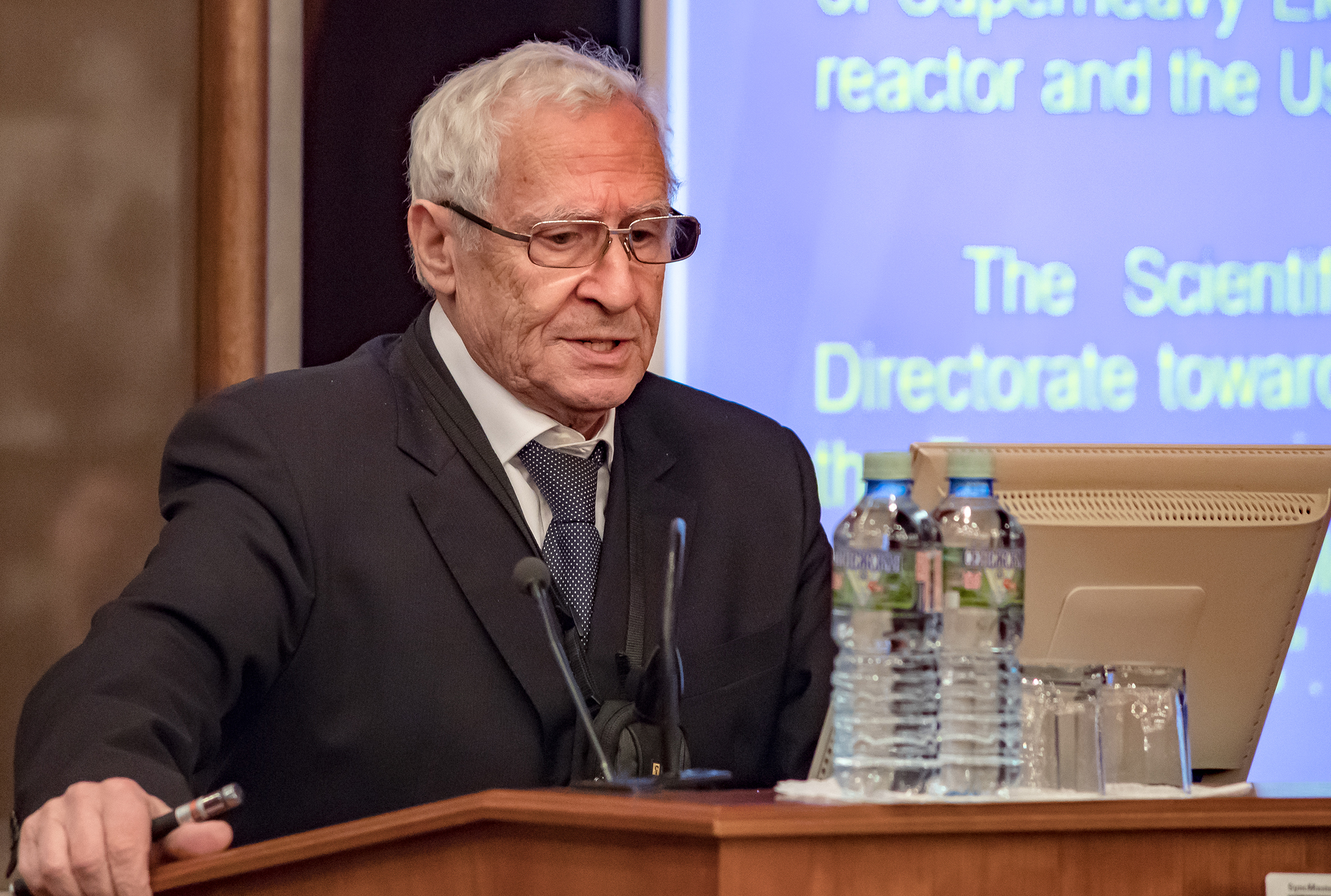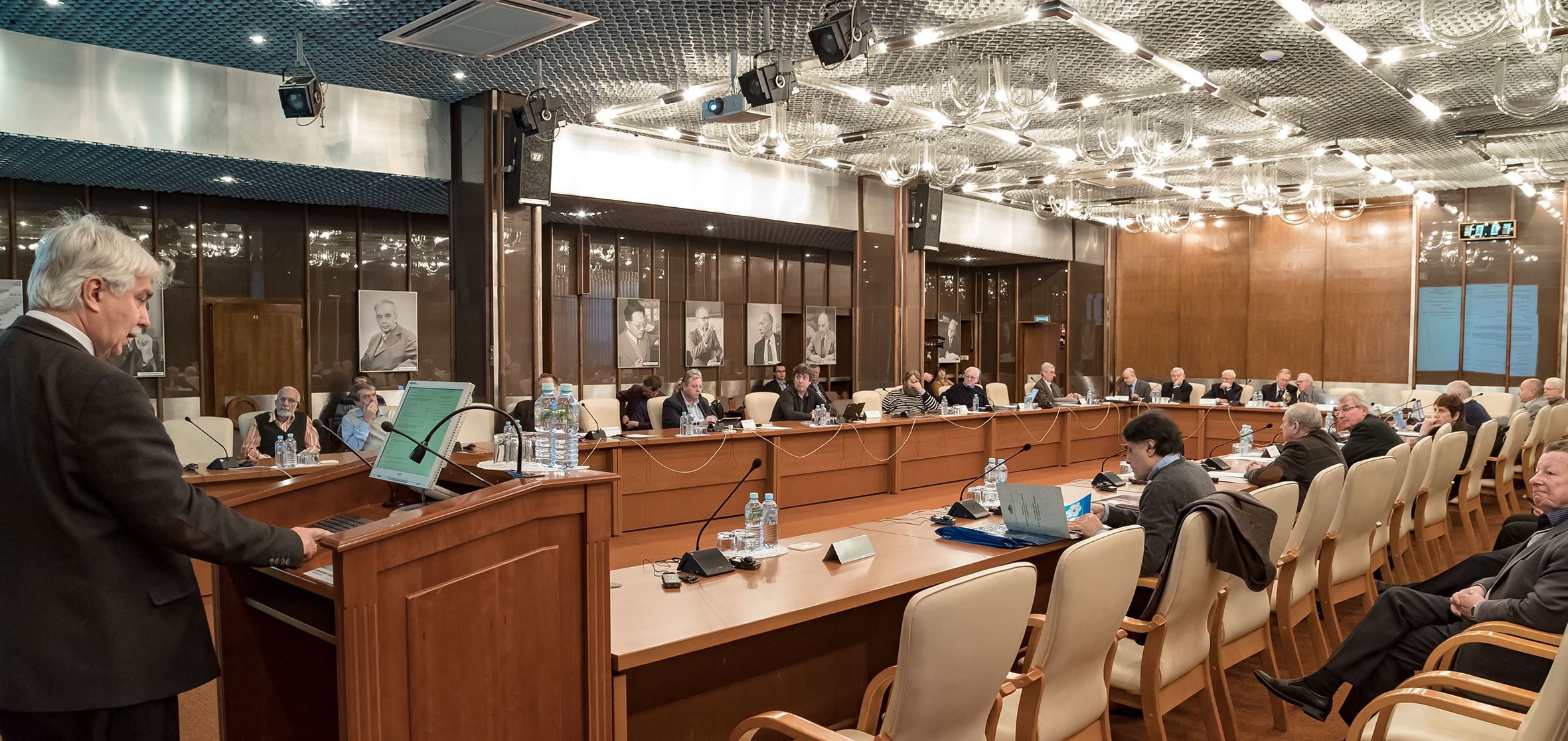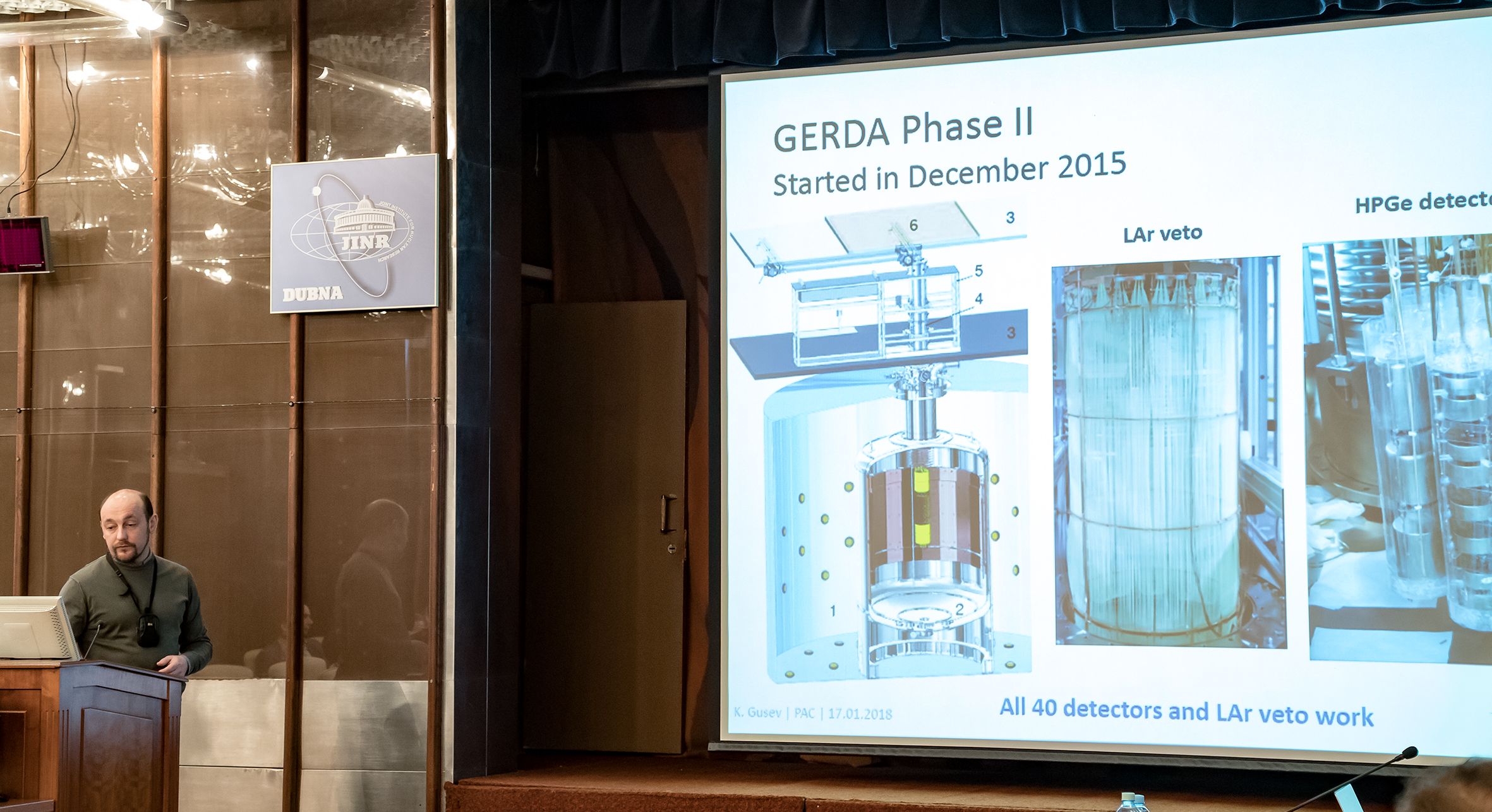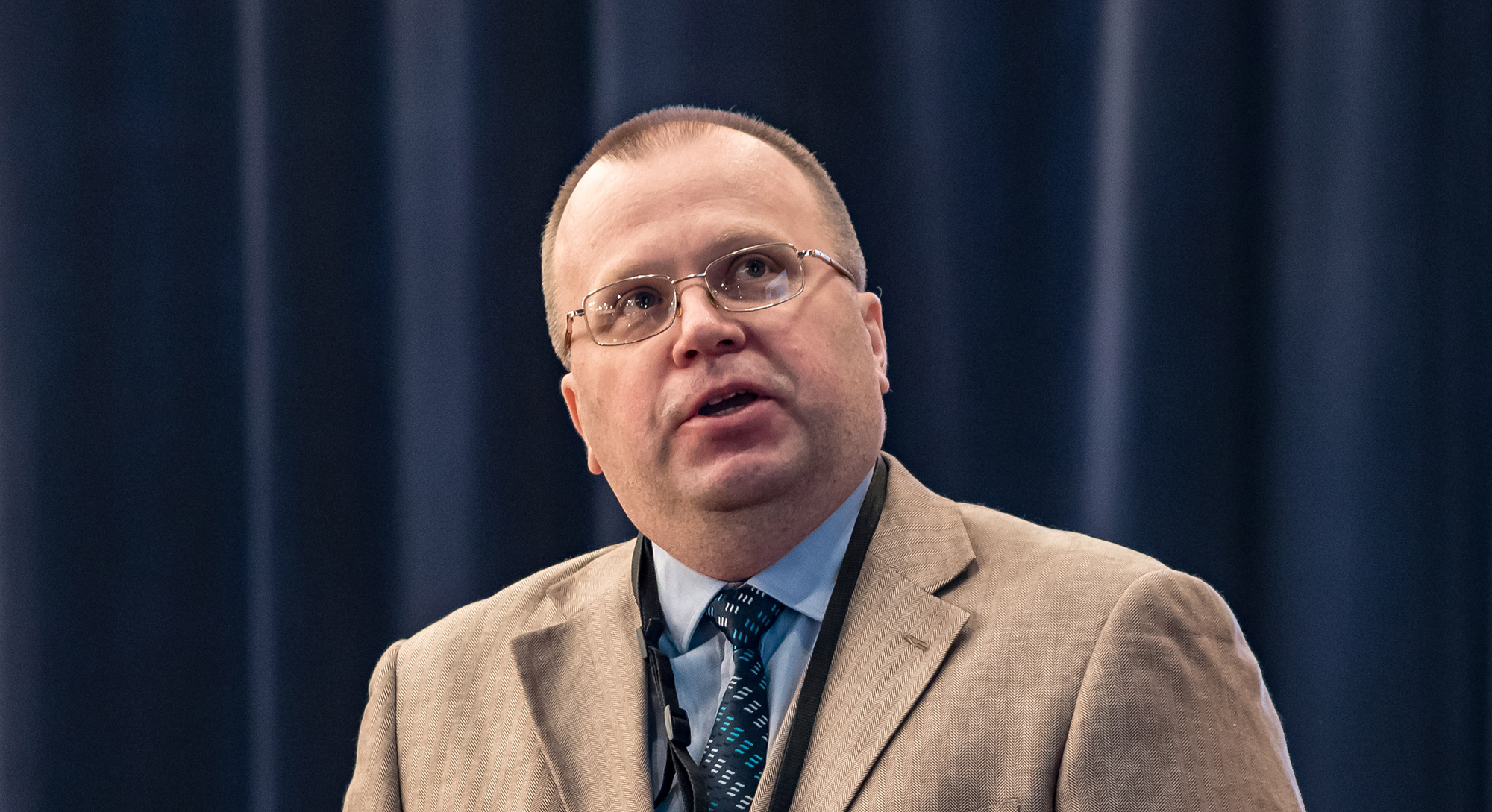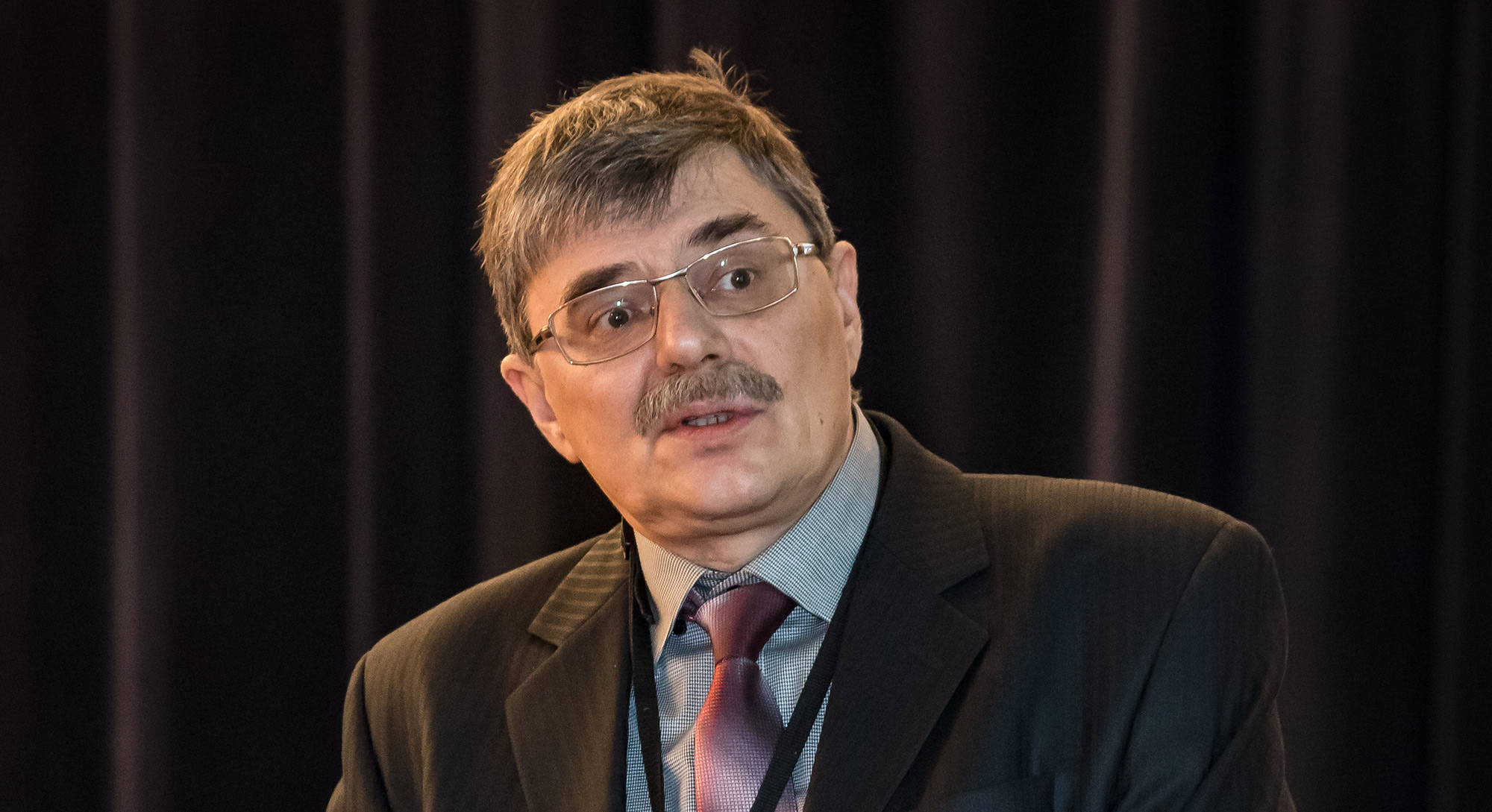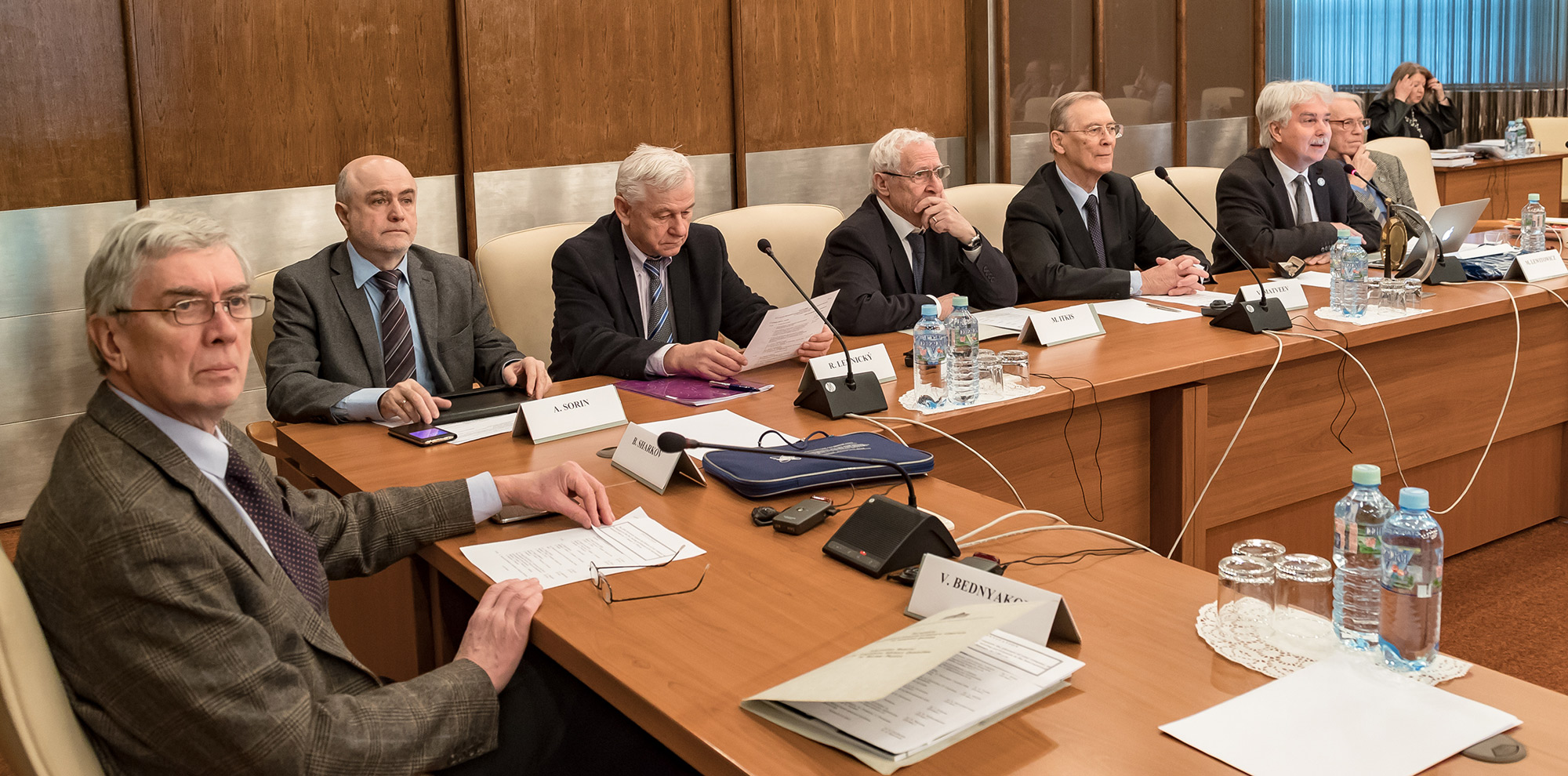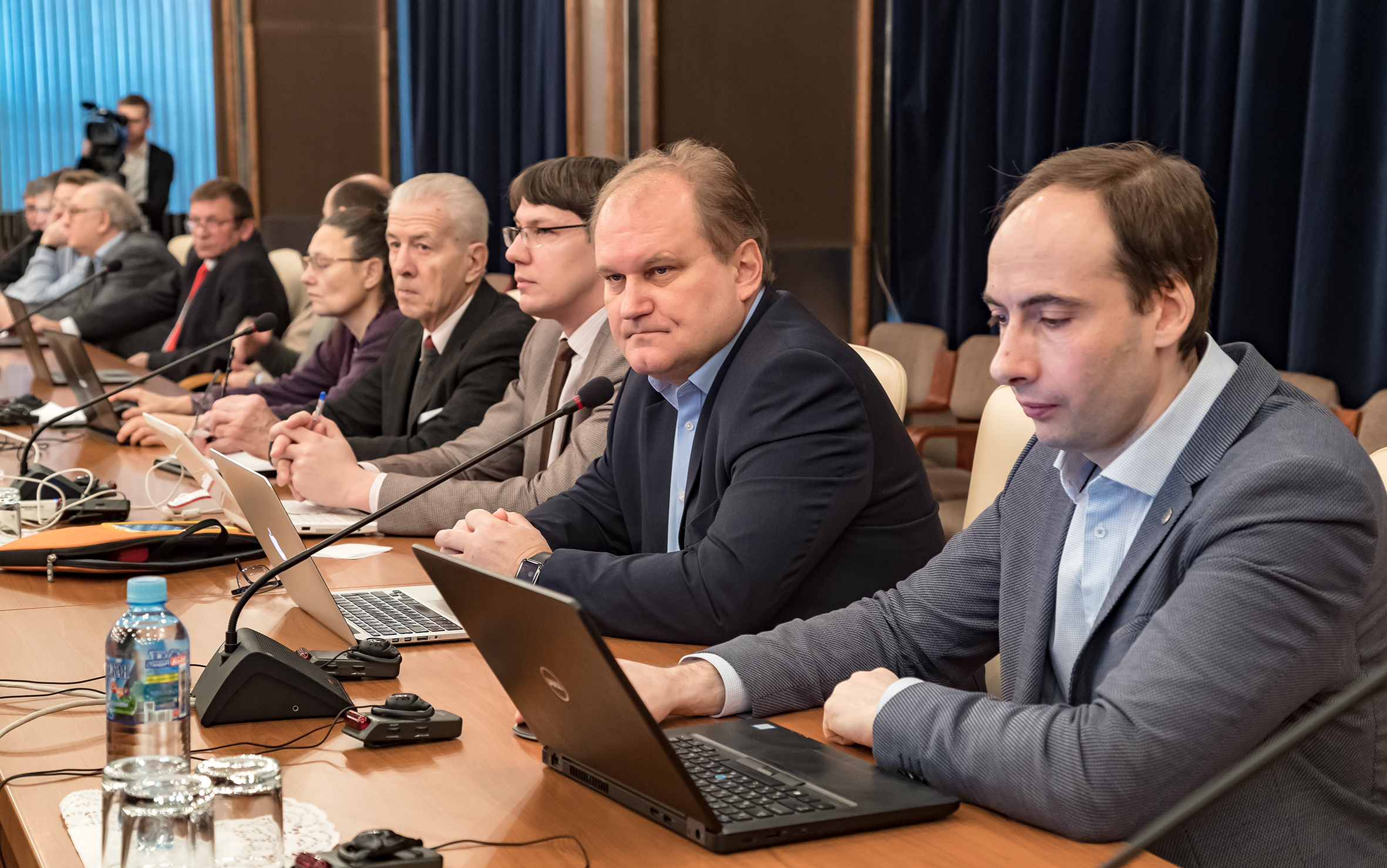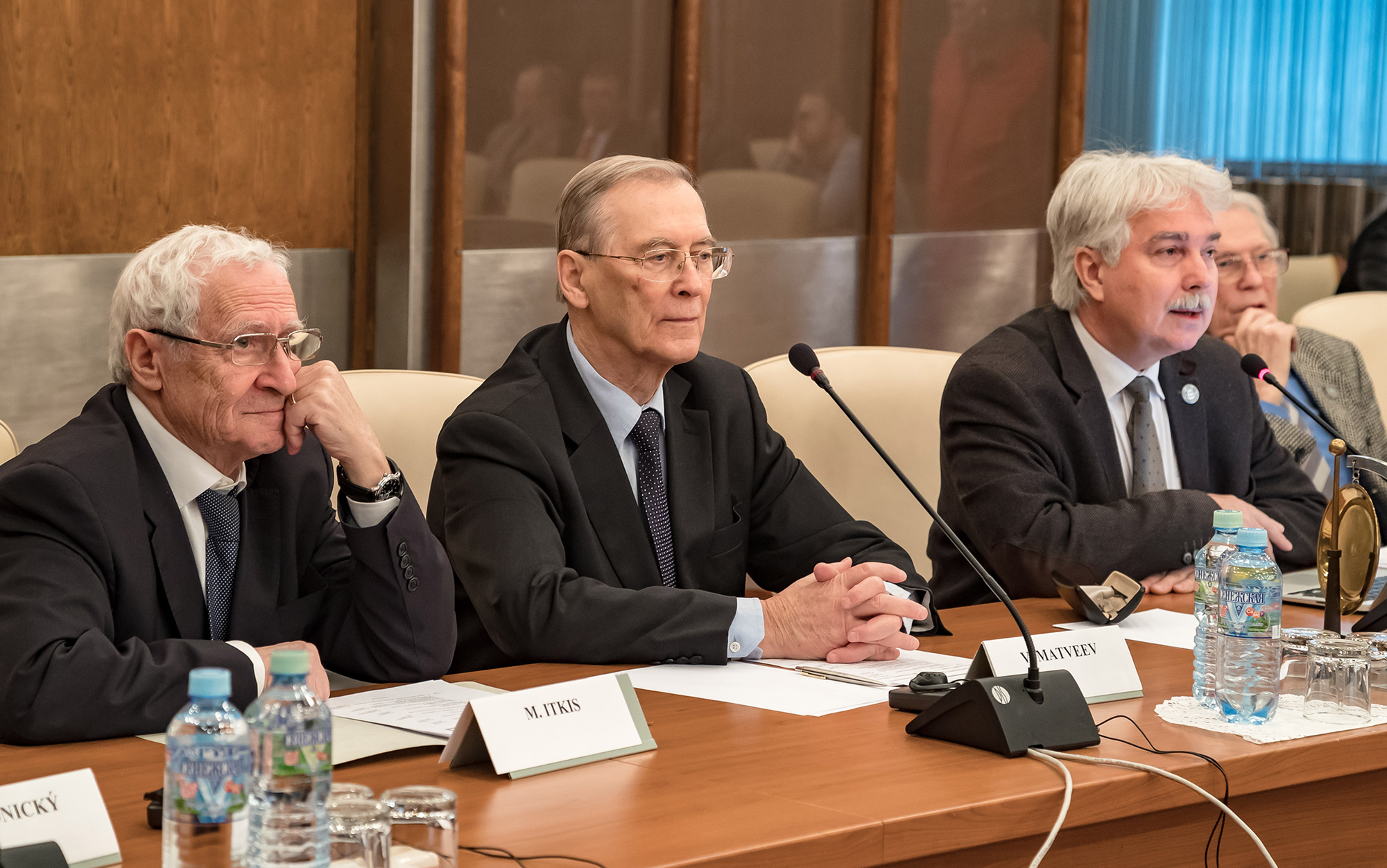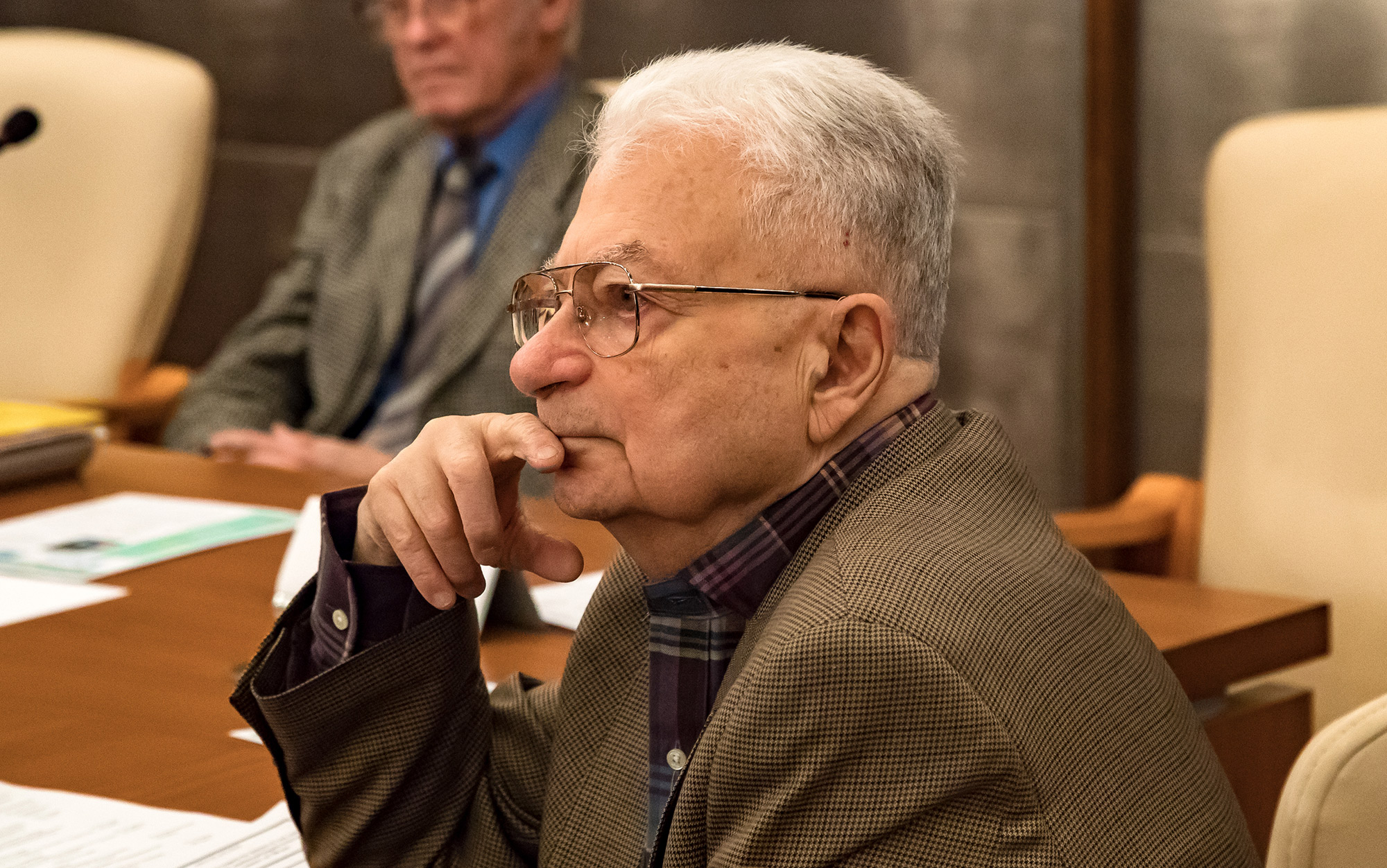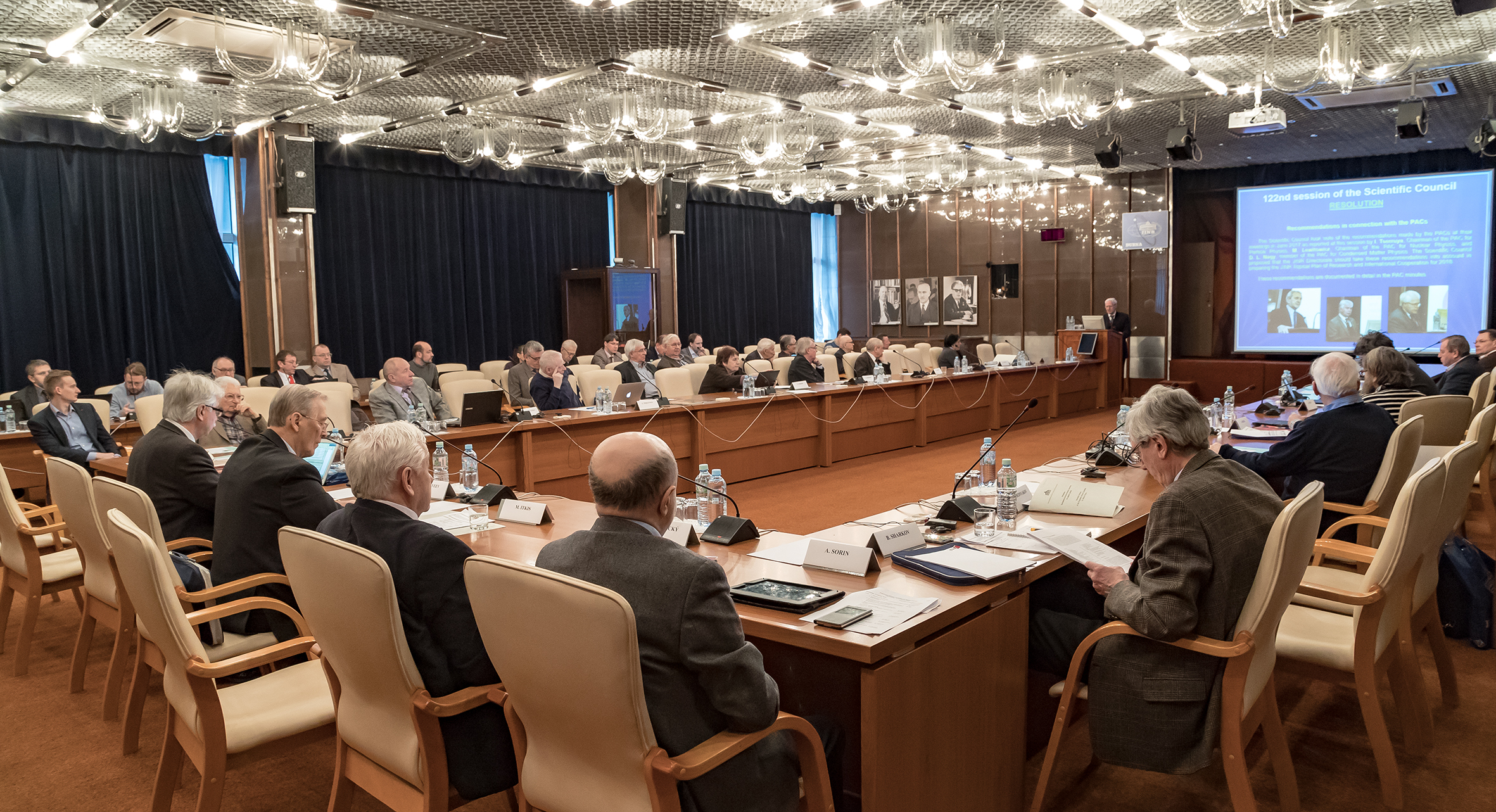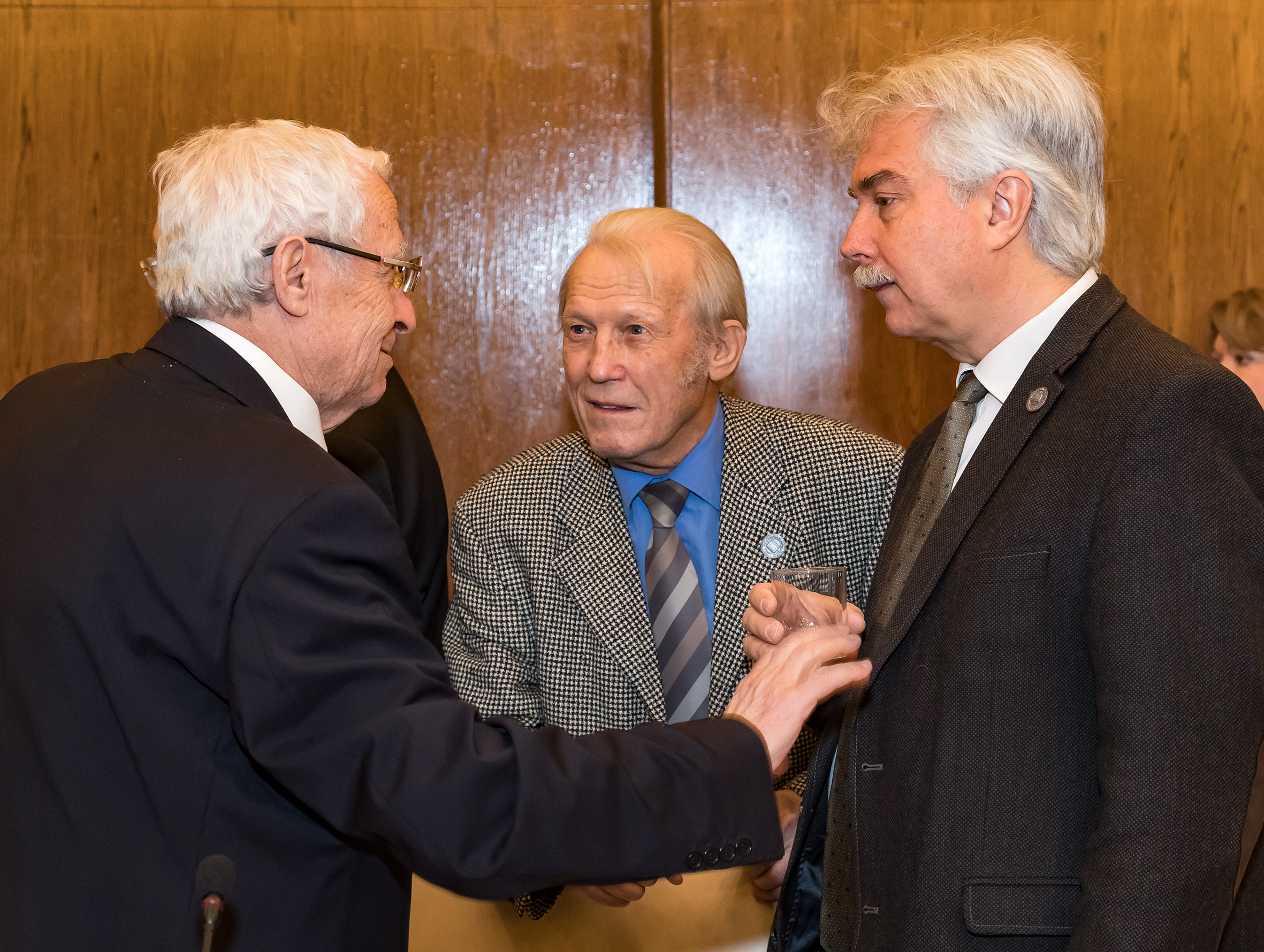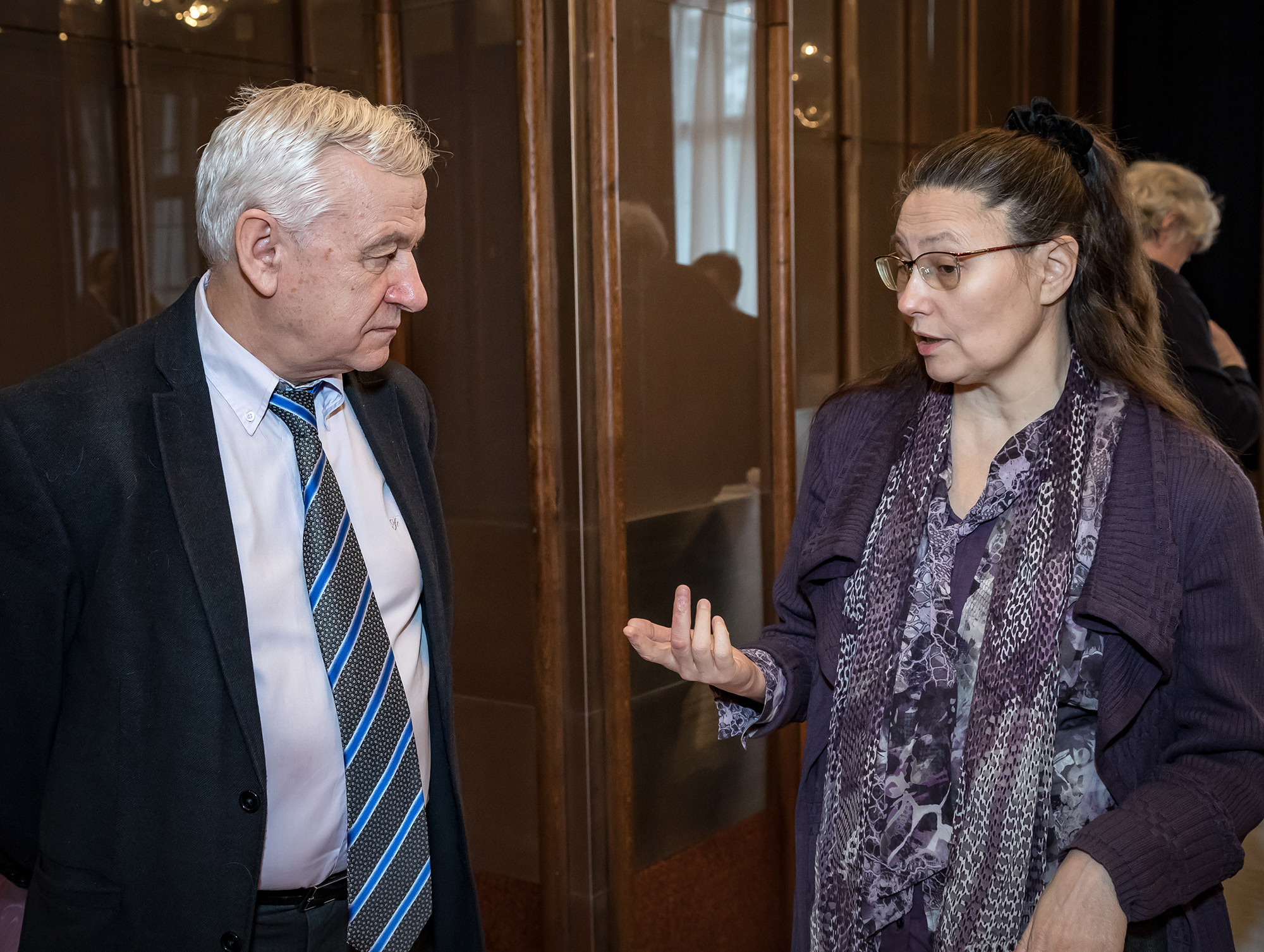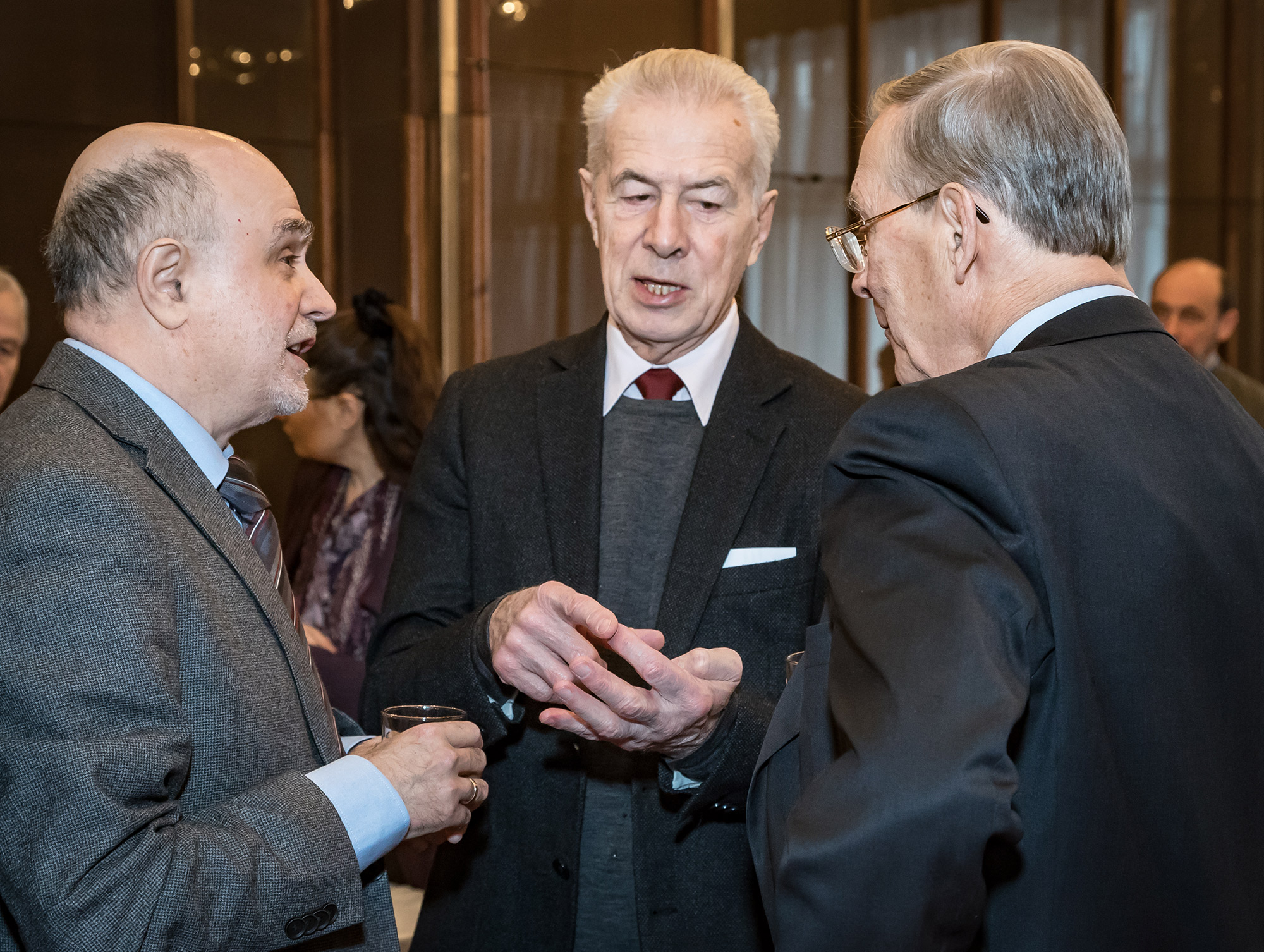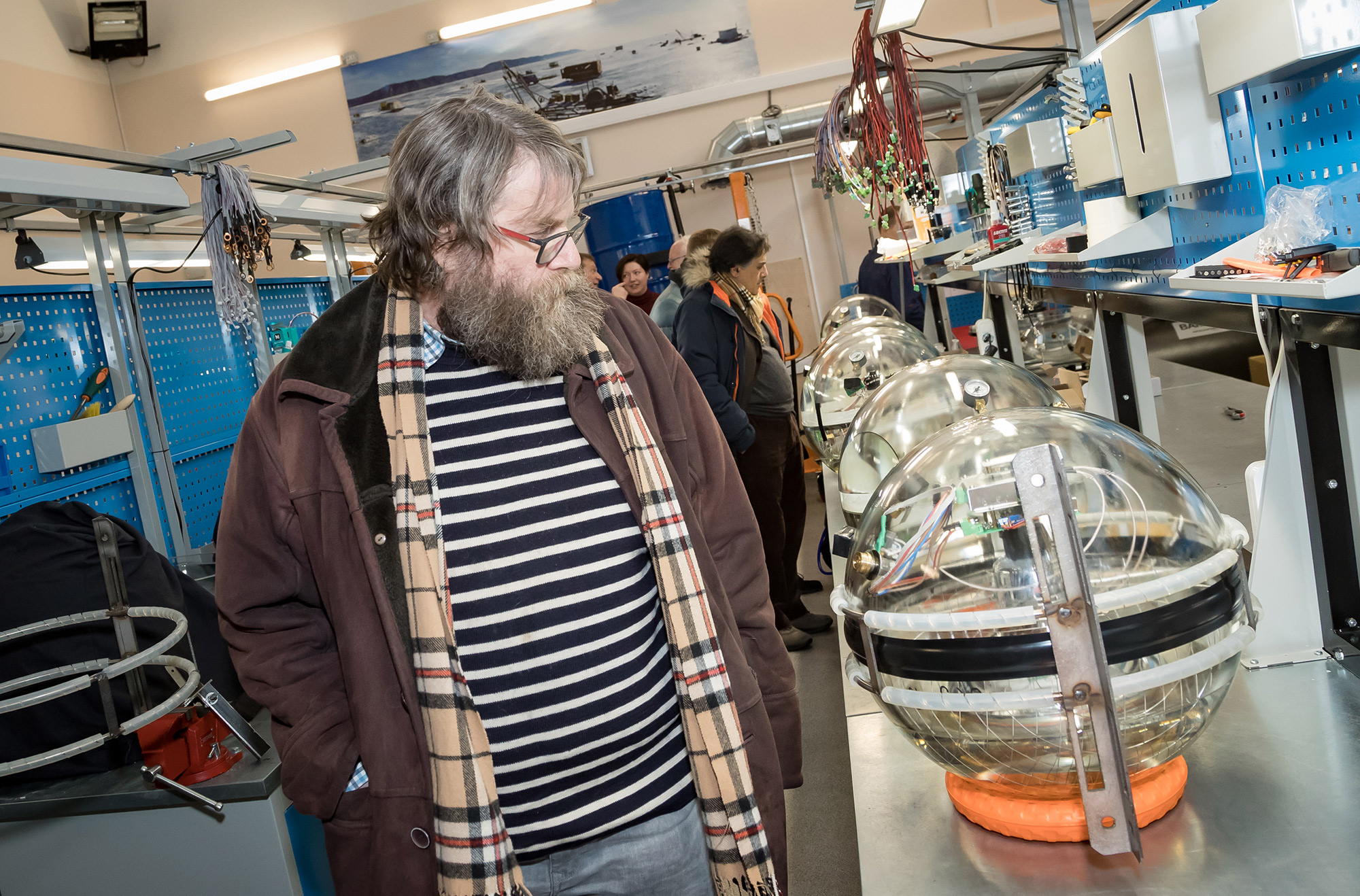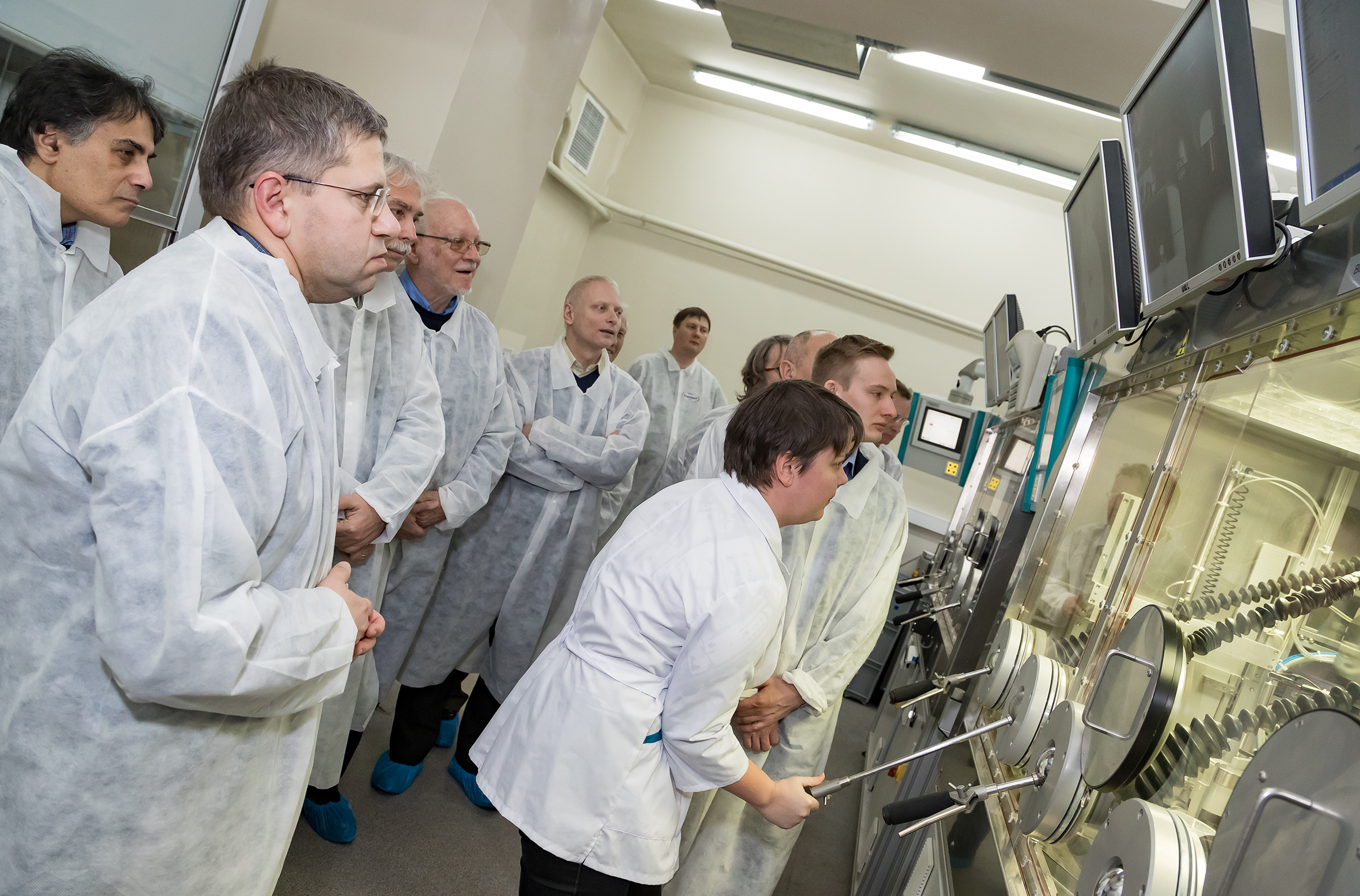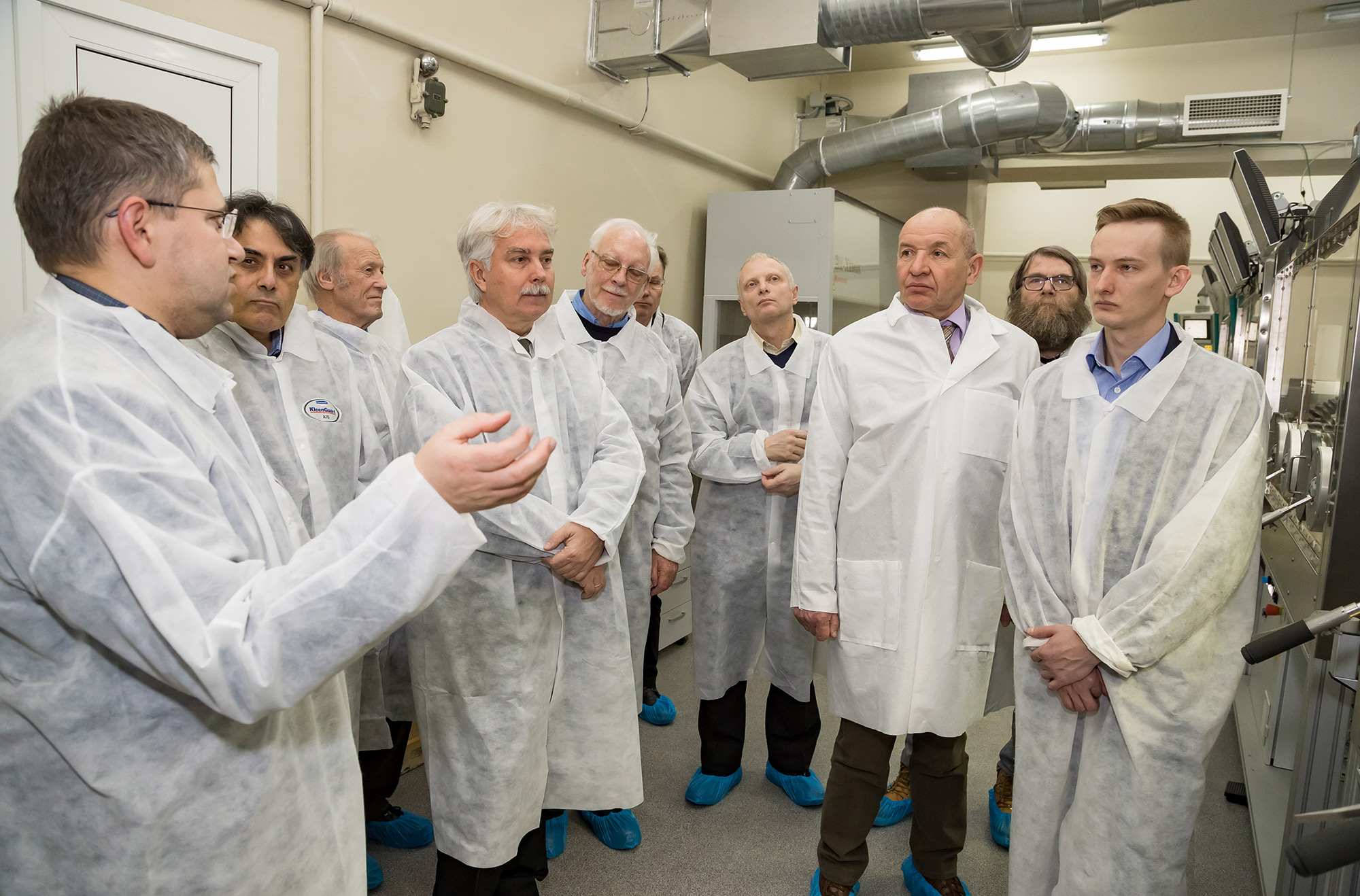At the PAC meetings. The first year of the Seven-Year Plan was successful
News, 23 January 2018
JINR Vice-Director Mikhail G. Itkis comments on the milestones of the 47th meeting of the Programme Advisory Committee for Nuclear Physics:
– This PAC meeting summed up the results of the first year of the JINR Seven-Year Plan. Not accidently, the reports on the projects implemented in the frames of the concluding theme “Non-Accelerator Neutrino Physics and Astrophysics” and proposals for its extension were discussed. Moreover, reports on the status of the Superheavy Elements Factory and putting into operation the ACCULINA-2 fragment separator were included into the agenda of the first day of the PAC meeting.
– It is true that two topics were extensively discussed, including, first of all, active participation in the neutrino programme with both off-site JINR experiments (GERDA, SuperNEMO, GEMMA-III, EDELWEISS-LT) and our experiments related to Baikal and DANSS projects as well as to the GEMMA-I experiment conducted at the Kalinin Nuclear Power Plant. Progress of all these projects was highlighted. There is, of course, a suggestion for our staff members to publish scientific papers more often and take part in data analysis of off-site experiments more actively. The Baikal project is being successfully implemented. However, there is a need to prepare in-depth scientific papers as far as we have already two clusters at Lake Baikal. We have one event, and we actually expect one event per year, but these events are important and interesting. PAC members expressed their consent to our neutrino programme, there is no objections and everything is supported; all themes on the mentioned projects are opened again.
As for the Factory of Superheavy Elements, a general suggestion concerned its putting into operation in the nearest future. It became obvious from the reports that the problem is not with equipment but documents preparation. Nevertheless, we hope that we will follow the schedule. This delay is not so inordinate for such a large-scale project. Everything is more or less clear. There were two reports: concerning the accelerator part of the project and detectors, in particular, a new gas filled separator for studying chemical properties of superheavy elements. The Committee insists on avoiding any kind of delays, and it is the right decision. There is no doubt that we should do our best to avoid them, and the JINR financial state allows to adhere to the schedule. As for the ACCULINA-2 facility, first experiments are planned this year and the programme is drafted for the first half of the year. Moreover, an issue of bringing the project to the world level was worked out.
Additional equipment is needed for this task, and we work at it.
– N.V.Antonenko in his report on the concluding theme “Theory of Nuclear Structure and Nuclear Reactions” paid special attention to new experimental programmes related to research at the NICA complex and the Factory of Superheavy Elements…
– It is true that the common thread through all the report was the idea that the primary objective of theoreticians presenting these reports is to conduct their own research in close cooperation with our experimental laboratories. It is very commendable as far as we have been discussing it for many years, and in recent years, this discussion resulted in progress of the NICA project in terms of both modeling for future NICA’s data analysis and nuclear physics. We are making significant headway in these fields, and later, the serious progress in calculation important for experimentalists will be achieved due to the supercomputer of Lattice techniques.
– The Committee members suggested discussion of the status of the project “Energy plus transmutation” in which many JINR Member States are interested…
– It is a quite complicated issue for us. The target is now moved from VBLHEP to the DLNP Phasotron for further research on transmutation. As far as the Phasotron is power demanding equipment, we are going to abandon it. Jointly with our Chinese colleagues, we are working at development of the superconducting cyclotron for nuclear medicine. It is a truly significant direction of the Laboratory’s activities. We are not going to cancel research on this theme. However, when we use the machine with the power of 3.5 MW, it is not effective. As for transmutation, a controversial question raises: what result do we want to achieve, in what direction should we work? There are breeder reactors in Russia that burn fuel by themselves. Do we want to develop them? Or do we want to make progress in the transmutation field? The JINR Member States ask to support the latter one, and we are waiting for a good overview of the project by its leaders interested in its development. After that, we will decide on the extent to which we will develop this theme in JINR. Now, not all the questions were fully answered by the project’s leaders.
– At previous meetings of the Committee, the Frank Laboratory of Neutron Physics with its user policy was many times set as an example for other experimental laboratories. Did it happen again at this meeting?
– At the present meeting, this issue was also discussed. And, maybe we will work toward it after the launch of the SHE Factory. Five accelerators operate in FLNR including the Microtron and the DC-40 cyclotron complex. It’s high time a user programme was developed. It means that an expert council should be established to select offers on experiments. Consequently, when we achieve 12 – 15 thousand hours of beamtime, and, of course, such an amount is impossible to grasp by one laboratory, we will need to attract users from scientific centres all over the world. Today, we develop the field of nuclear spectroscopy on heavy elements in cooperation with Orsay, France. However, we need to attract the JINR Member States and other countries. At this meeting, there were, more than ever before, posters by young scientists devoted to the topics of the Committee. The Committee considered 21 posters. That is why the Programme Committee asked to reduce amount of participants of the poster session or to extend the consideration time as far as determination of winners is not an easy task. Authors of reports on neutrino physics became the winners of the session, while in recent times most of the winners were researchers in the fields of life sciences – staff members of Marina Frontasieva sector. The fact that young specialists in the neutrino physics field defeated life sciences specialists proves that neutrino physics is rapidly developing at JINR.
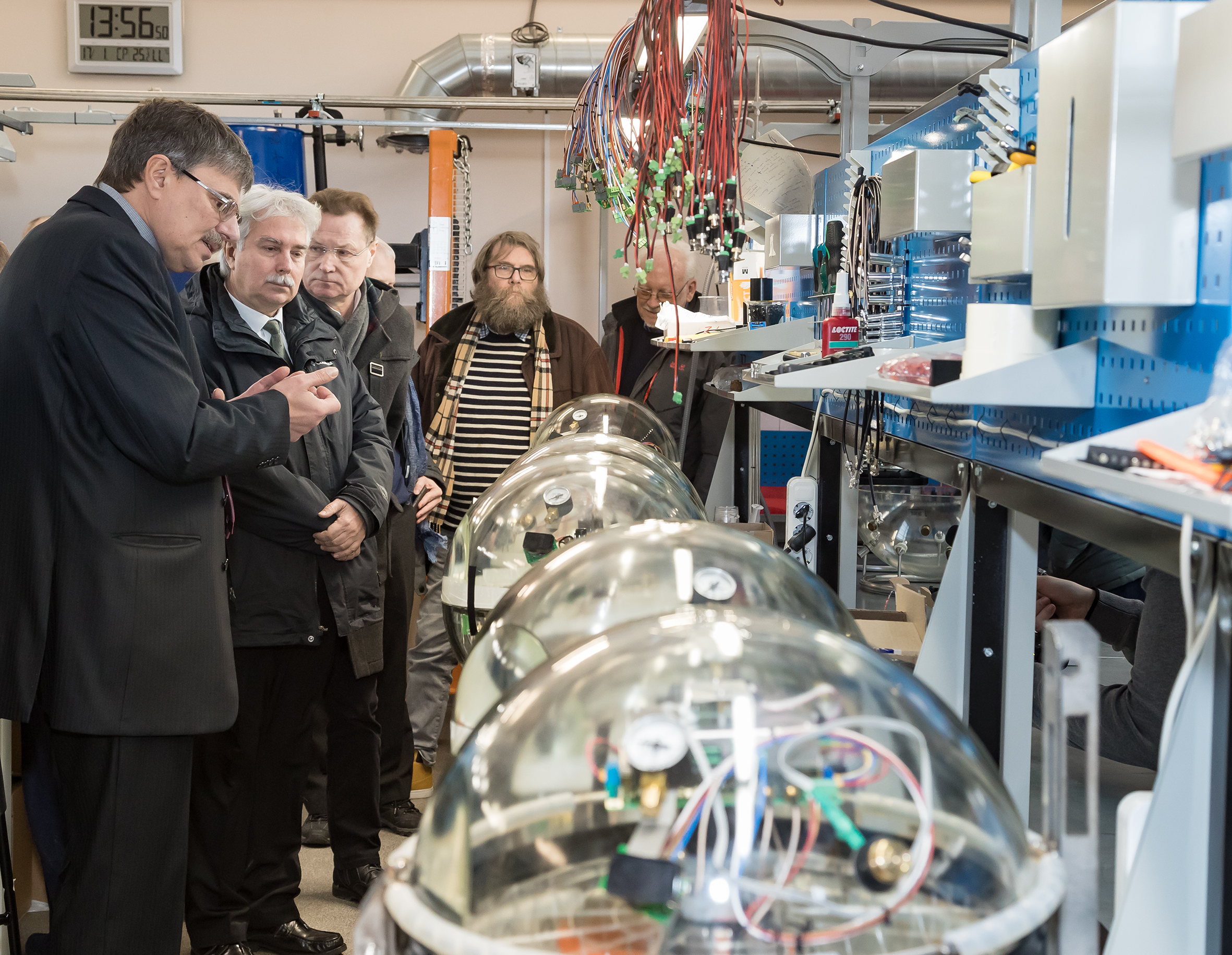 PAC NP participants at the excursion in the Dzhelepov Laboratory of Nuclear Problems
PAC NP participants at the excursion in the Dzhelepov Laboratory of Nuclear Problems
All-in-all, participants of the PAC meeting worked hard, posed relevant questions; there was little of criticism in comments. The first year of the Seven Year Plan is completed successfully, in my opinion. It was presupposed by not only the progress of projects but also sufficient financing of stated plans. Thus, most of our laboratories fulfilled the plans more than 100 per cent concerning materials, equipment etc. to the utmost. It means that we were not confined within the strict limits as it was in the past three years. I believe that this year all our laboratories will work just as well as in the previous year.
The interview was conducted by Evgeny Molchanov, JINR Weekly Newspaper
photo by Elena Puzynina
